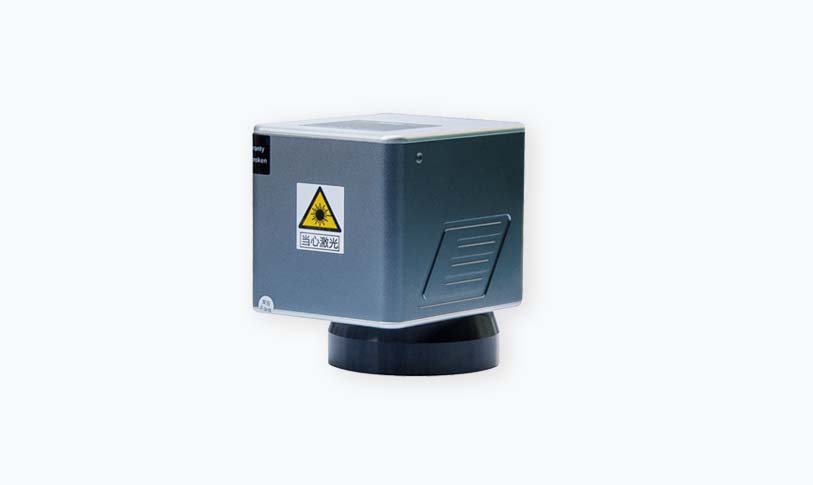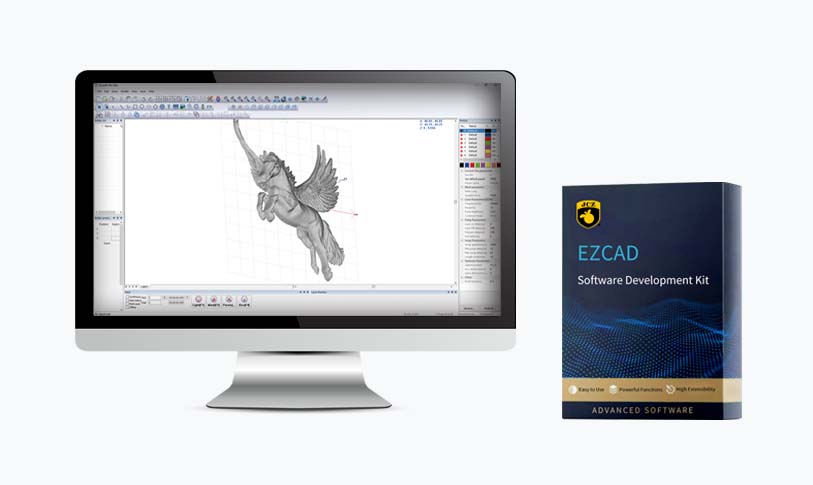[pulsed fiber laser]Pulsed Fiber Lasers: An Introduction to Their Technology and Applications
News 2025-7-28
Fiber lasers have become increasingly popular in various industries, and pulsed fiber lasers are at the forefront of this technology. Pulsed fiber lasers are characterized by their high peak power and short pulse durations, which offer numerous advantages in various applications. In this article, we will explore the technology behind pulsed fiber lasers and their applications in different fields.
Technology Overview:
Pulsed fiber lasers combine the principles of fiber optics and laser technology to produce pulses of light with high peak power. These devices utilize optical fibers to transmit light between different components, such as the pump source, gain medium, and output coupler. The pump source provides energy to the gain medium, which放大(amplifies) the light signal through stimulated emission. The output coupler then extracts the amplified light as pulses.

Pulsed Fiber Lasers: An Introduction to Their Technology and Applications
Applications:

Pulsed Fiber Lasers: An Introduction to Their Technology and Applications
2. Microfabrication: These lasers are ideal for microfabrication applications due to their fine pulse control and high precision. They are used for micromachining, microdrilling, and micro切割(cutting) of materials.
3. Medical Applications: Pulsed fiber lasers are also used in medical fields, such as surgery and dentistry. They provide precise and controlled cutting with minimal thermal damage to surrounding tissues.
4. Sensing and Spectroscopy: These lasers are employed in sensing and spectroscopy applications due to their high-resolution capabilities. They are used for measuring properties of materials and identifying their composition.
5. Communications: Pulsed fiber lasers are used in optical communications for long-distance data transmission. Their high-speed modulation allows for efficient transmission of large amounts of data.
Advantages:
Pulsed fiber lasers offer several advantages compared to other types of lasers. They have high beam quality, excellent beam control, and high average power output. Additionally, they are highly versatile and can be tailored to specific applications by adjusting pulse durations, repetition rates, and output powers.

Pulsed Fiber Lasers: An Introduction to Their Technology and Applications
Pulsed fiber lasers are at the forefront of modern laser technology, offering high peak power and precision in various applications. Their widespread use in industries such as manufacturing, medical, and communications demonstrates their versatility and effectiveness. With continued advancements in technology, pulsed fiber lasers are expected to further expand their applications in the future.